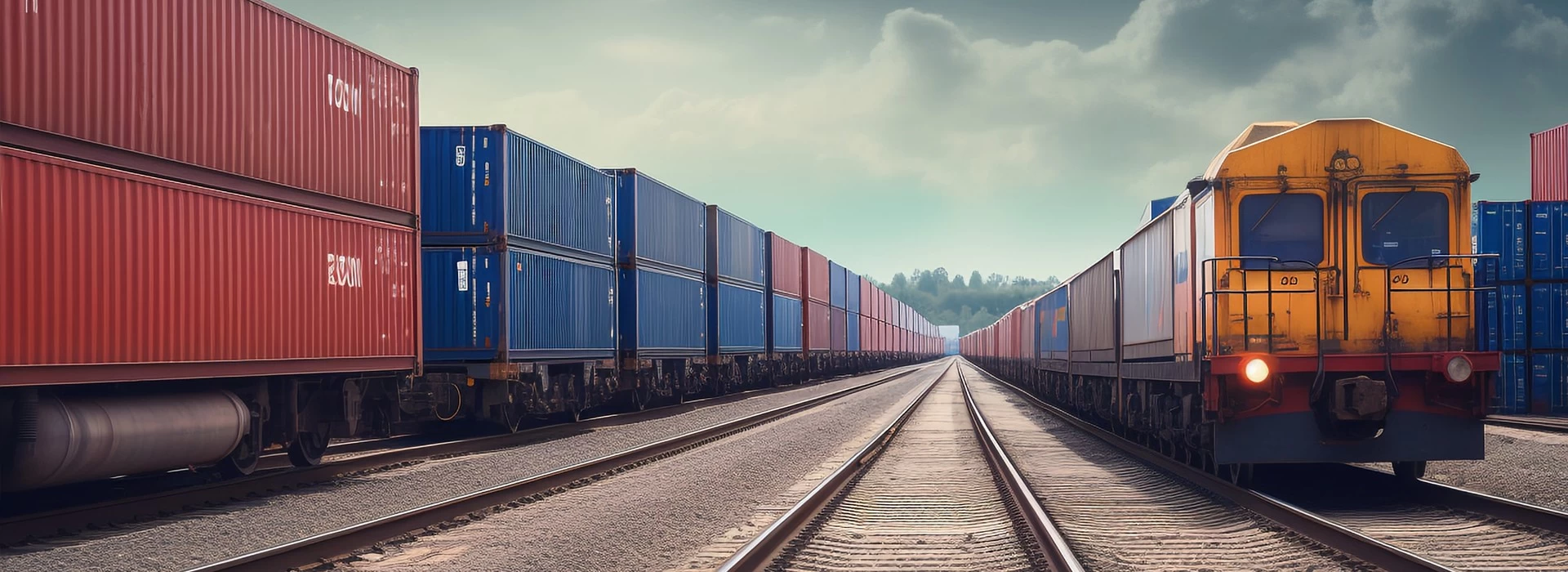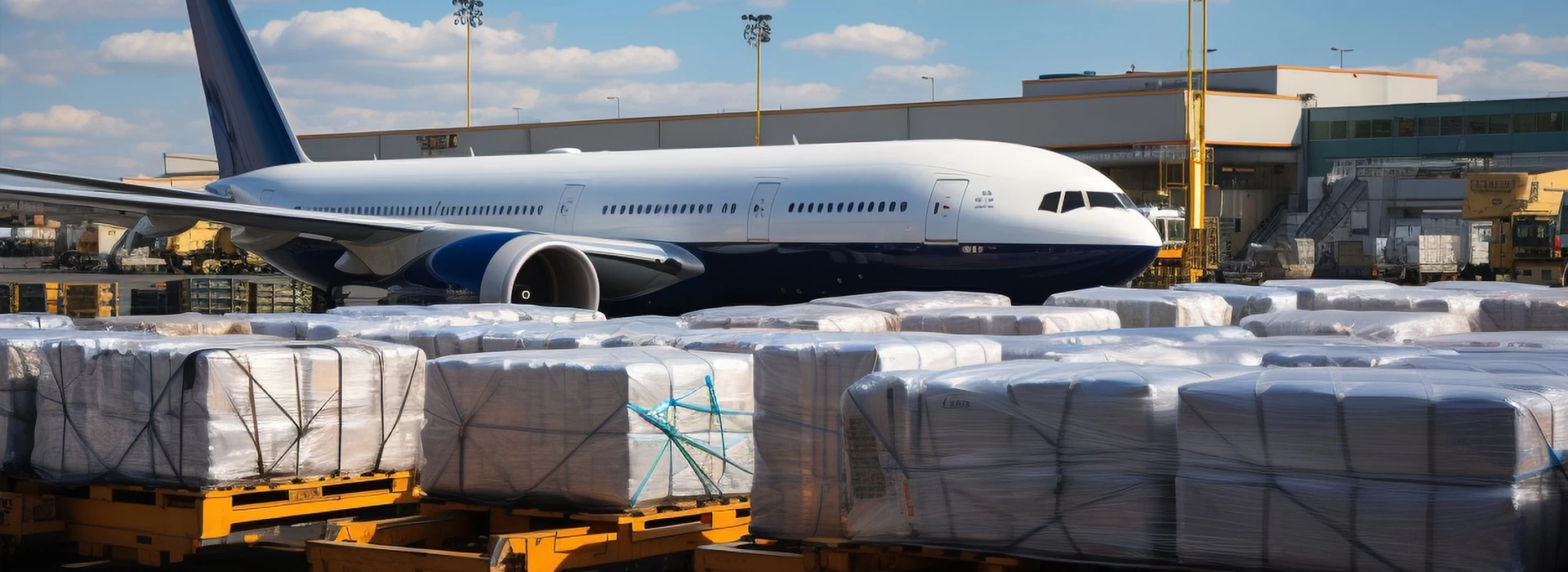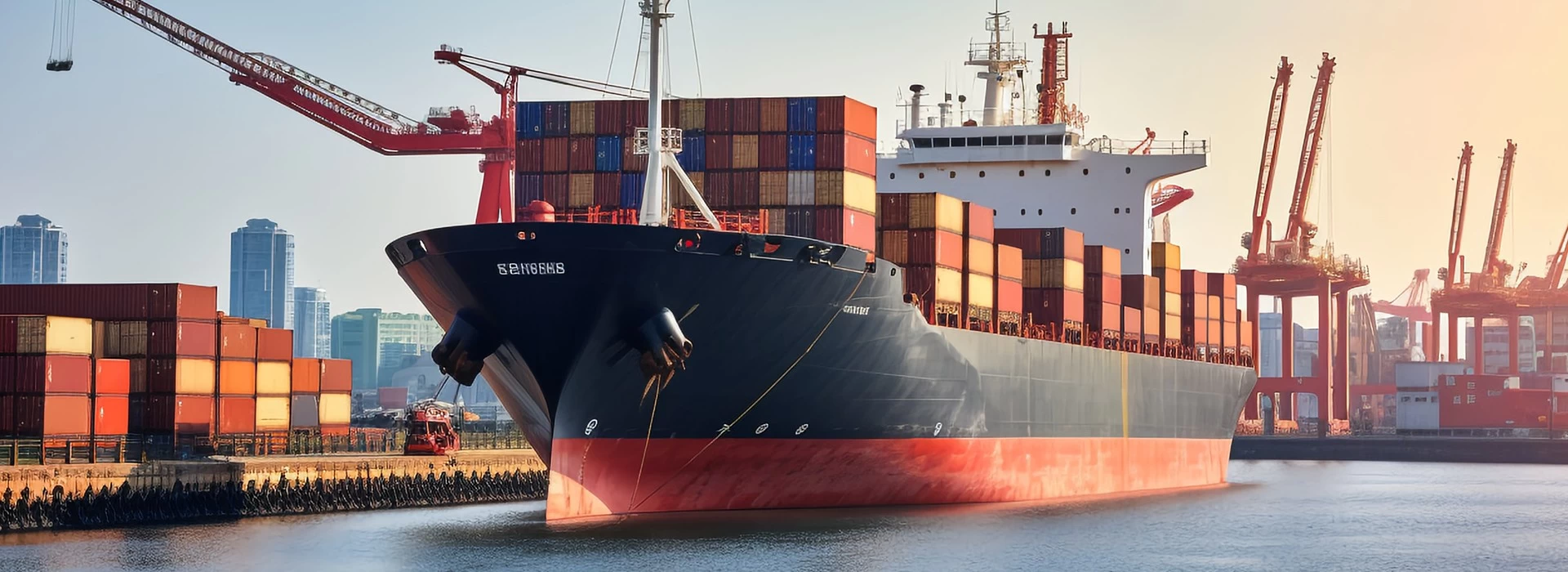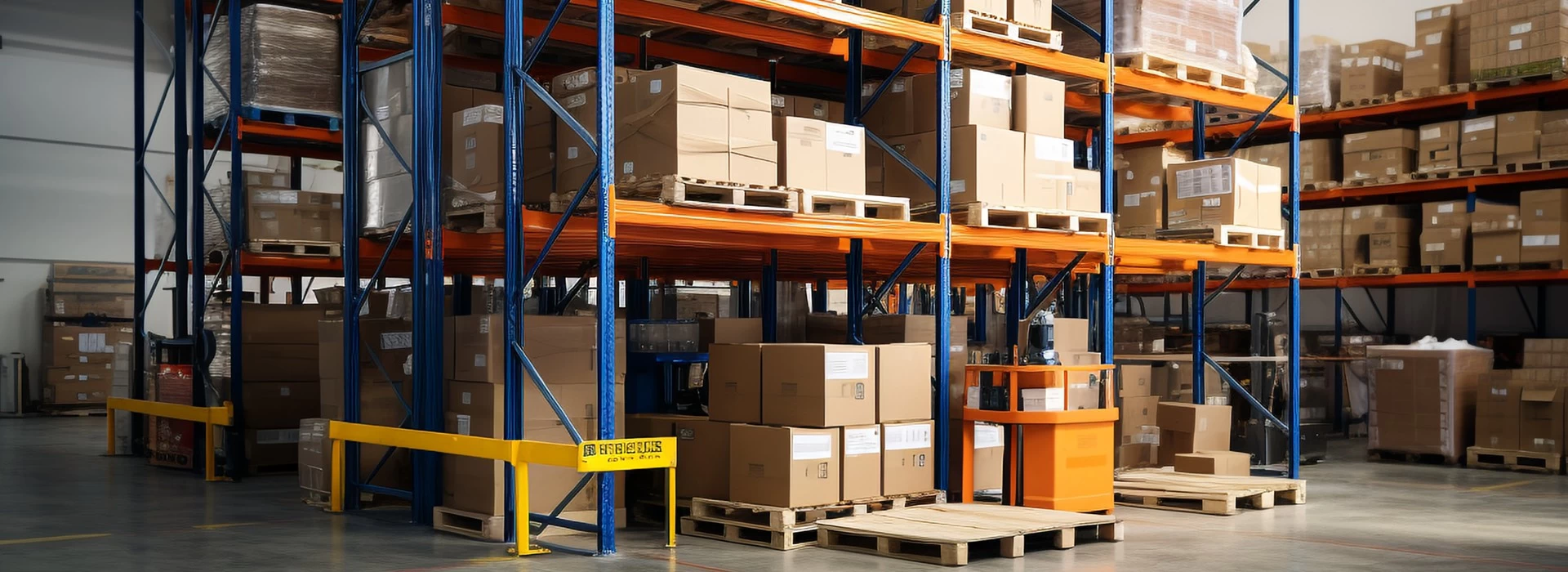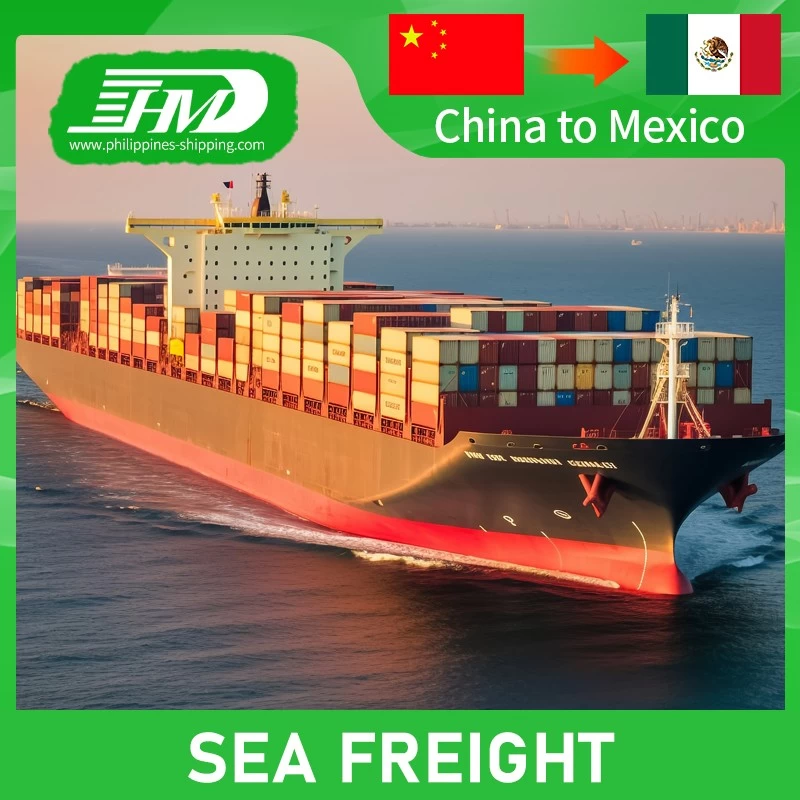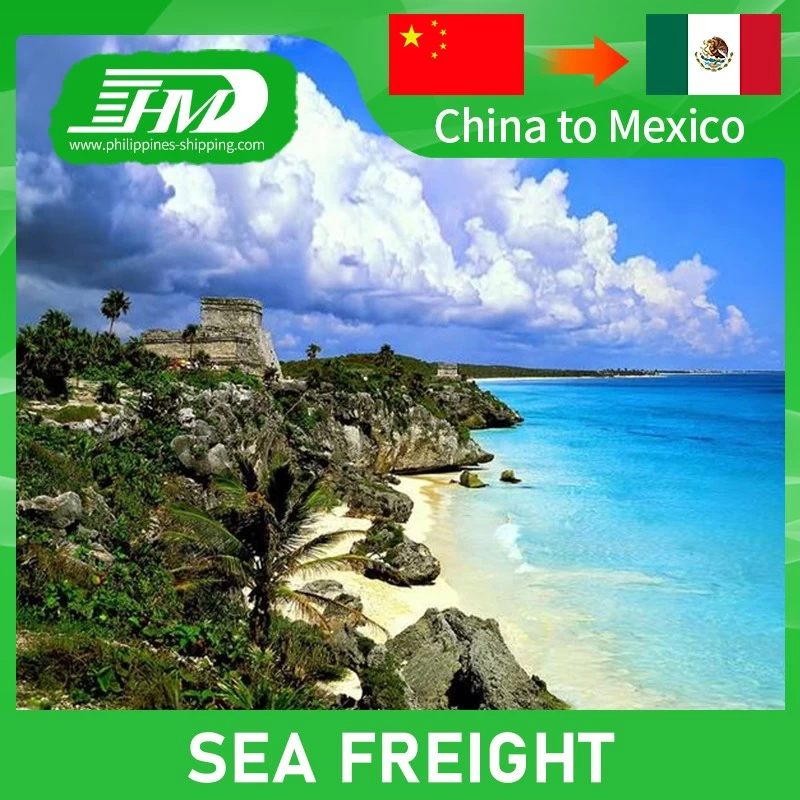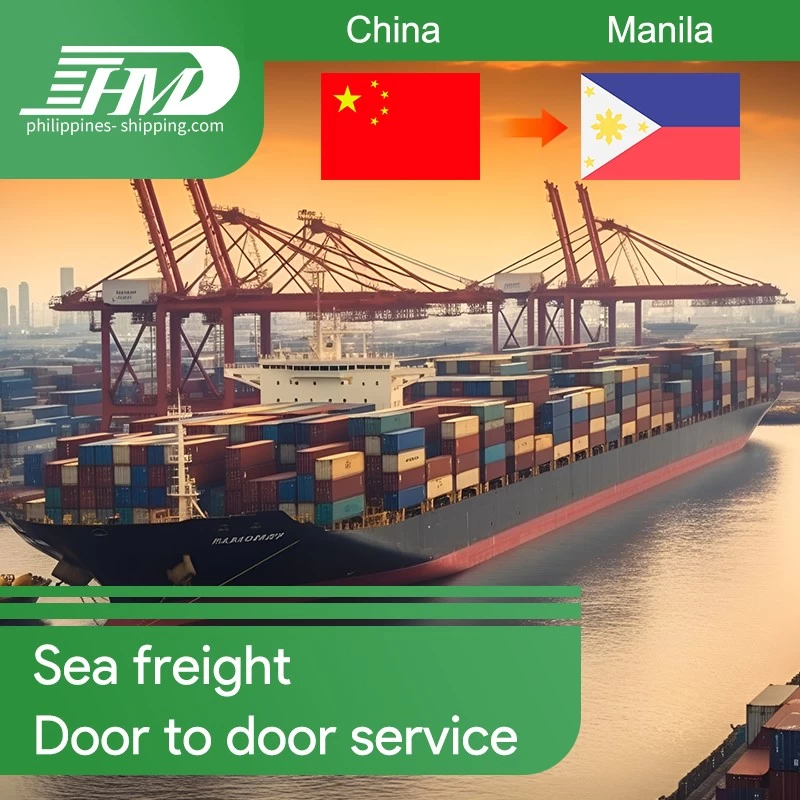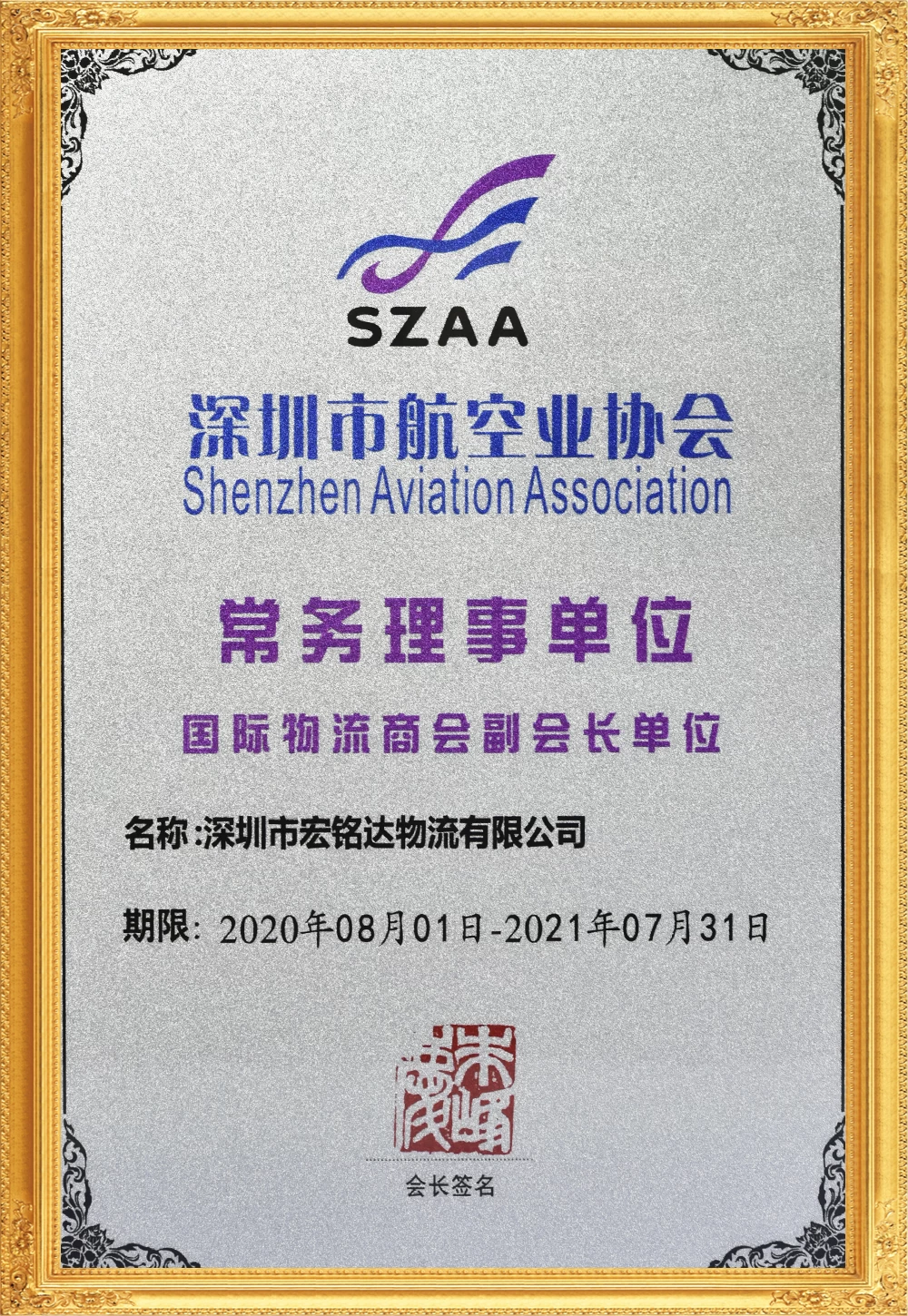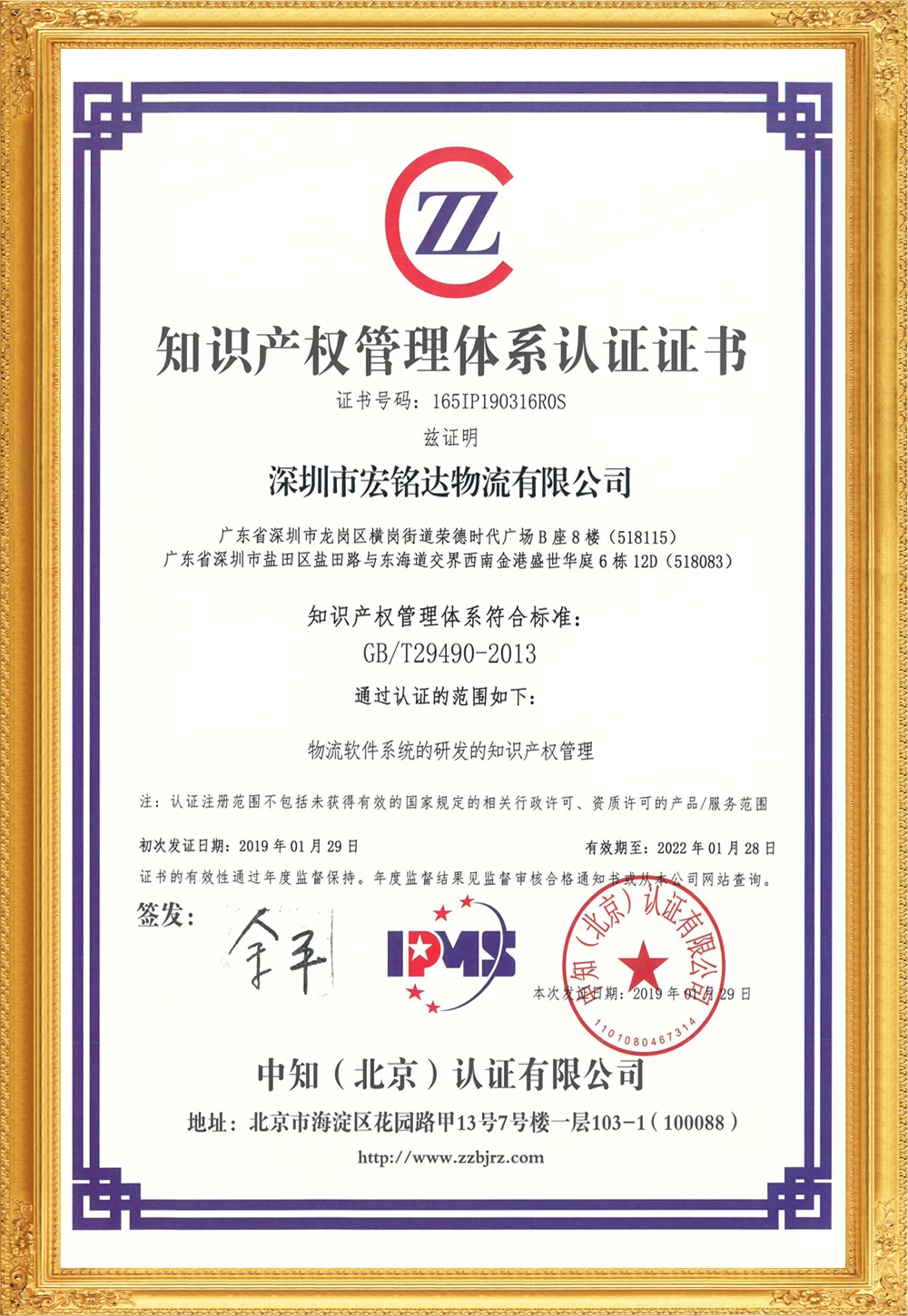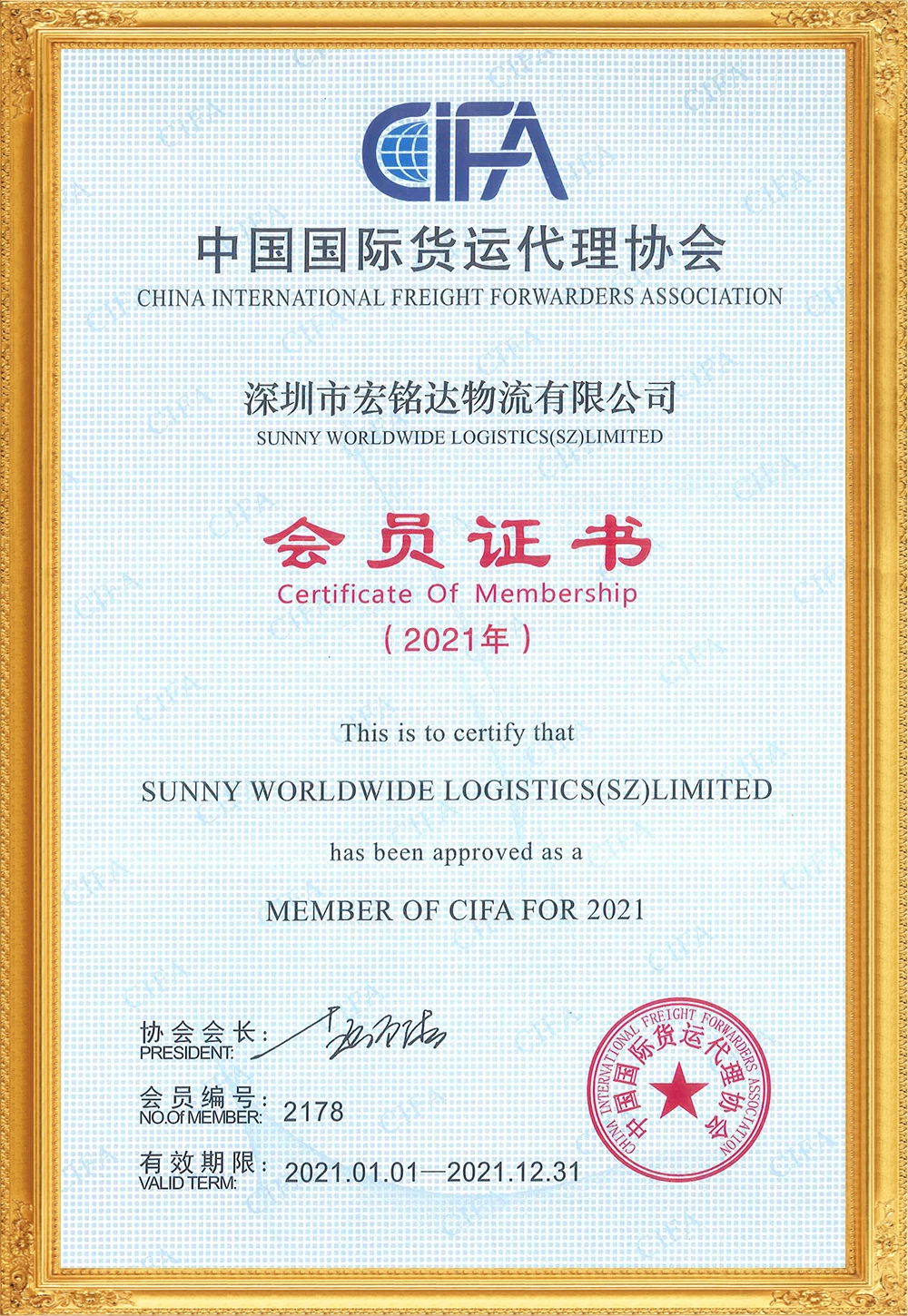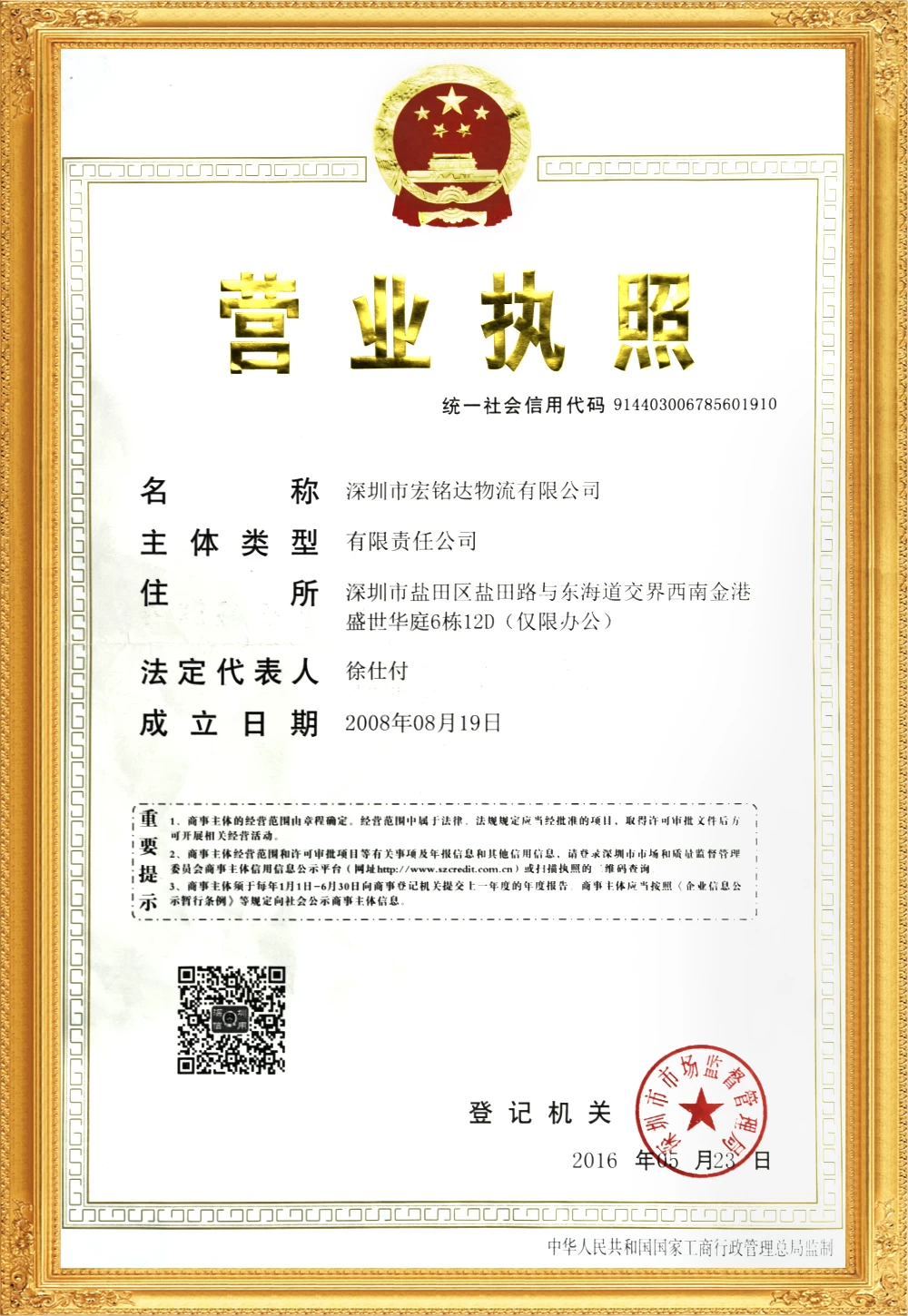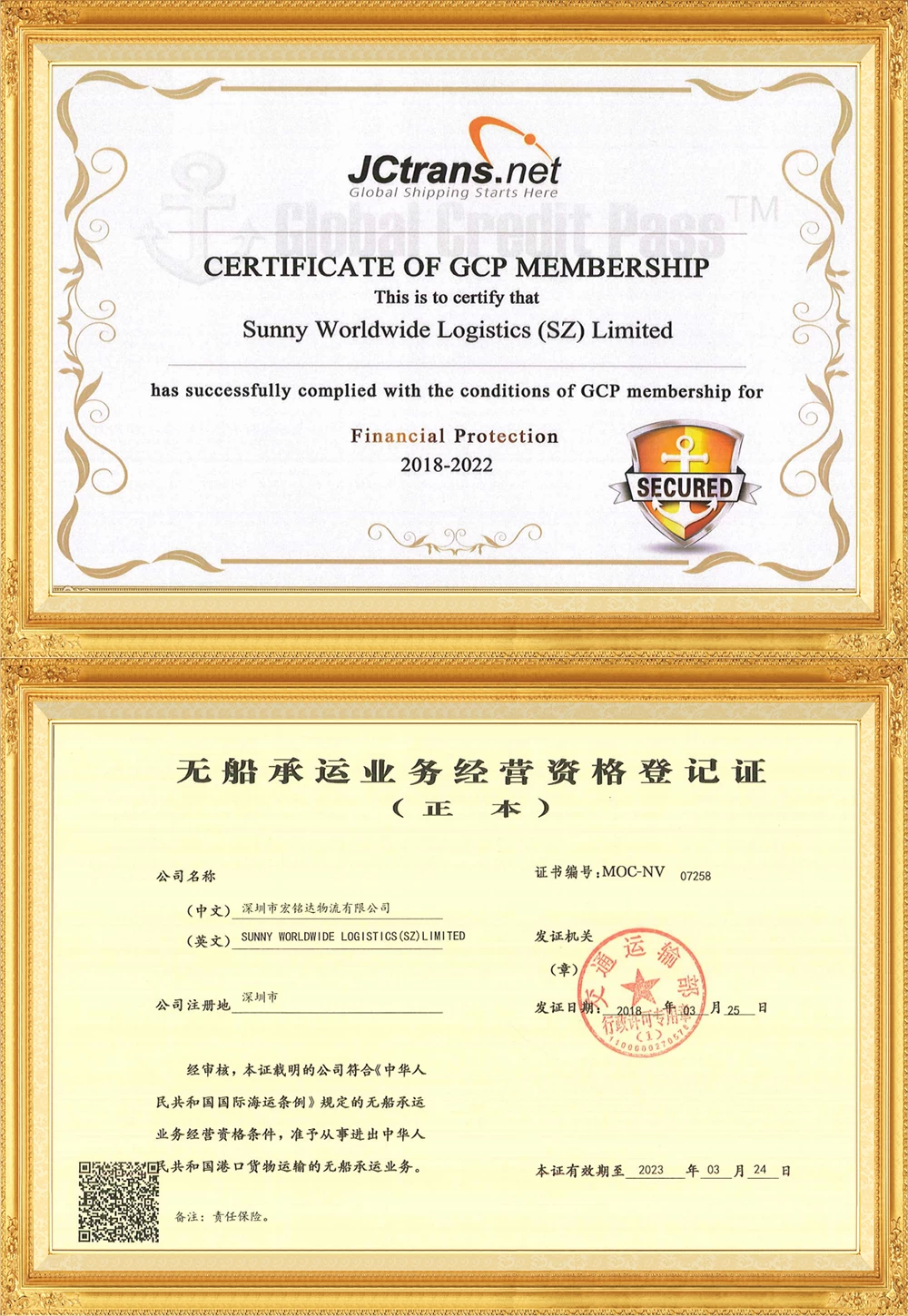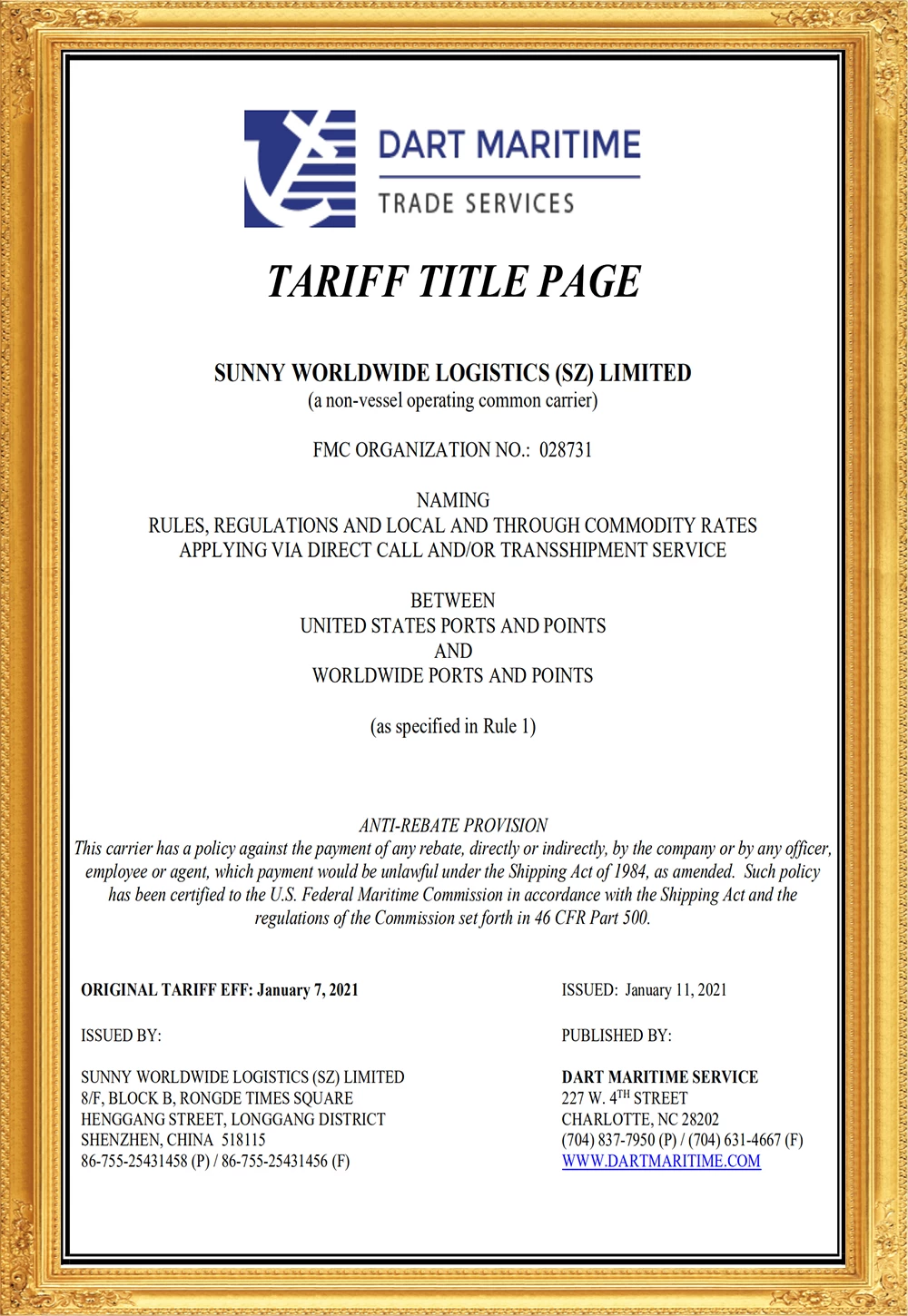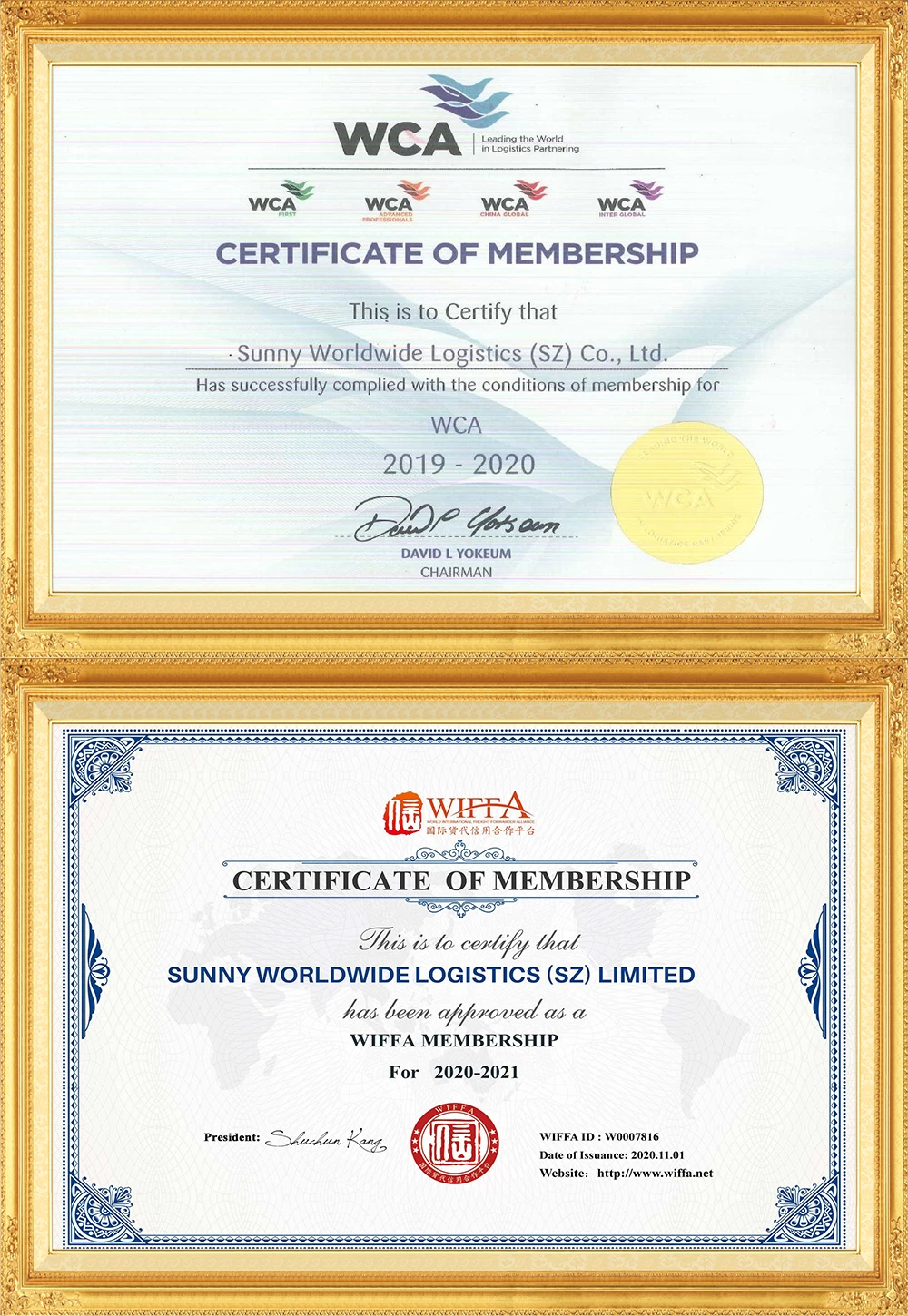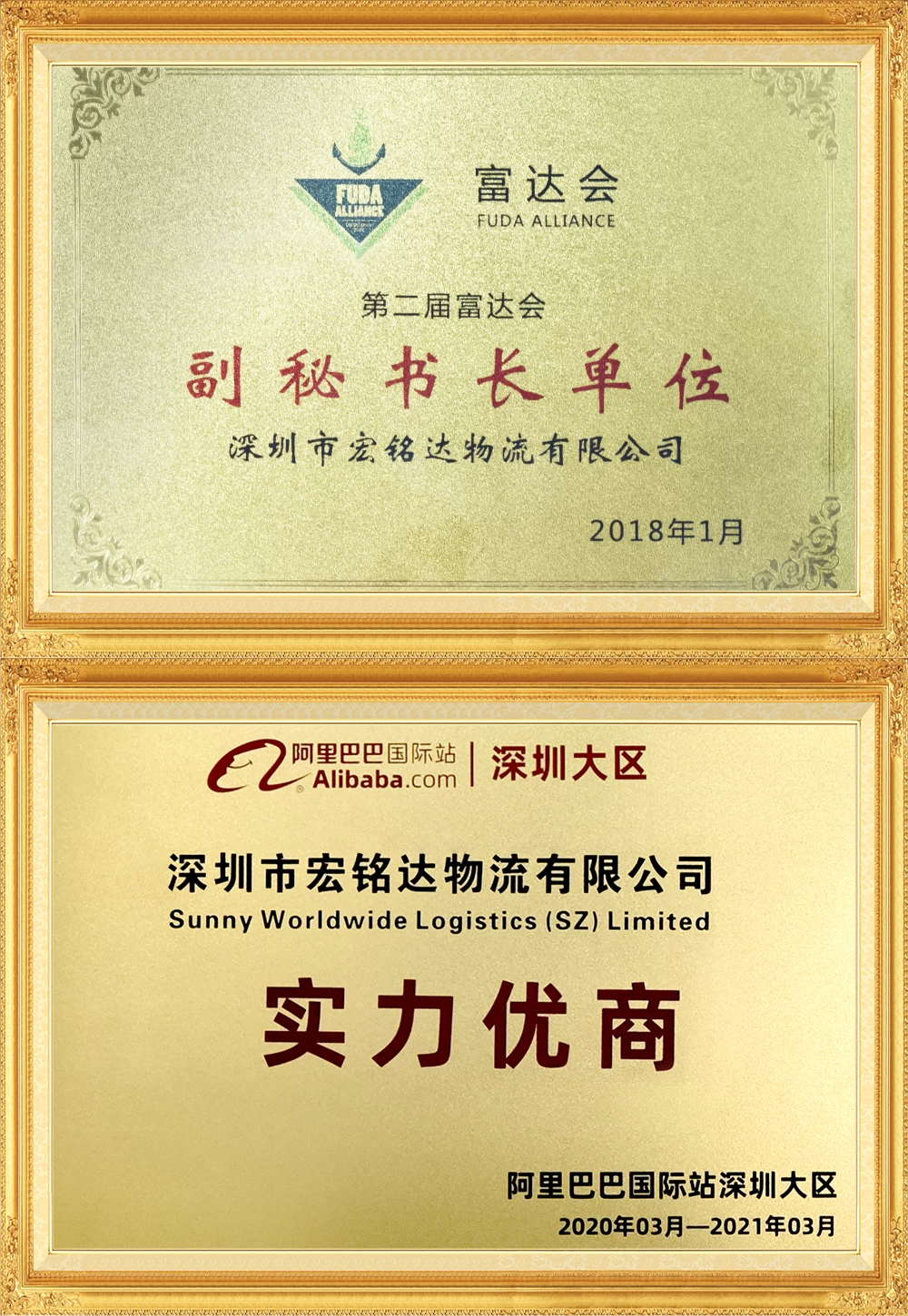Is the turning point approaching? Container freight rates have ended their rapid decline! The market will be more predictable in the future!
At the North Bund International Shipping Forum held recently, Lin Ji, deputy general manager and party member of COSCO Shipping Lines, said that since the beginning of this year, the container shipping market has ended its rapid decline and entered a relatively stable and rational period. In the future, the market will Become more predictable.
The container shipping market has entered a relatively stable period
On September 22, at the North Bund International Maritime Forum, Lin Ji, deputy general manager and party member of China Ocean Shipping Group Co., Ltd., talked about the container shipping (container shipping) market under the new normal. The port congestion problem has gradually been resolved, and the overall supply chain has become more efficient.
Official media organizations learned at the forum that the current demand-side destocking is almost over, and the downward range of future container freight rates is limited. The demand side of the U.S. line is expected to recover next year.
In terms of decarbonization, in order to achieve the decarbonization goals of the International Maritime Organization (IMO), shipowners are moving closer to the decarbonization goal by actively building clean energy-powered ships. Some institutions believe that green methanol fuel may become mainstream.
In this regard, relevant agency personnel said that at present, methanol fuel may become the mainstream of the market. New energy policies continue to exceed expectations and, facing increasing pressure on environmental protection in the future, large shipowners will determine a decarbonization path as soon as possible and update fleet capacity.
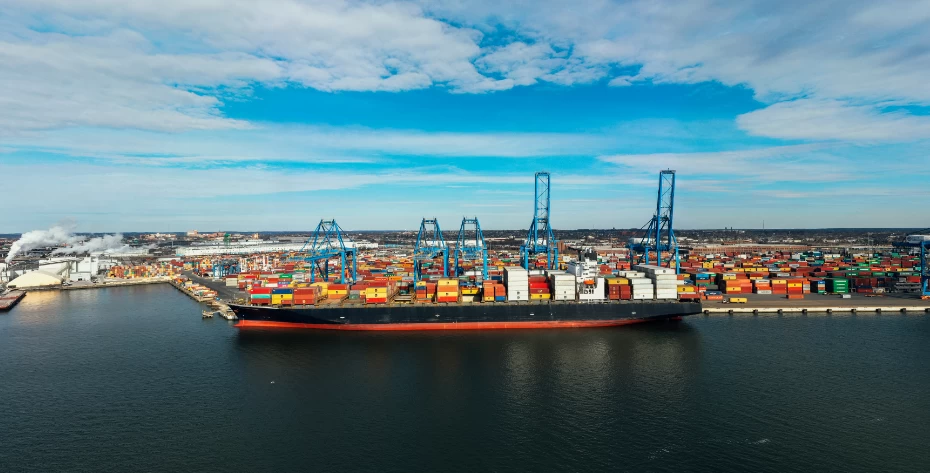
According to the container supply chain pressure index released by the New York Fed, the index has been below zero since March this year, proving that container supply chain pressure has been lower than the historical average.
However, this year's traditional peak season for European and American container shipping has now reached the end of September, and it is still "not a busy season." Judging from this week’s freight index, transportation demand continues to be sluggish. According to the NCFI index released by Ningbo Aviation Exchange today, the NCFI index this week was 596.8 points, down 7.7% from last week. European routes and North American routes both fell.
"Under the new normal, the fluctuation range of shipping freight rates has become smaller." Lin Ji said that since the beginning of this year, the container shipping market has ended its rapid decline and entered a relatively stable and rational period.
By the beginning of September, the Shanghai Export Container Index, which measures spot market freight rates, was basically at the same level as at the beginning of the year. Moreover, the pricing levels of the US East Route and the US West Route have also been relatively improved.
The future shipping market will be more predictable
This week's NCFI freight index shows that in terms of European and continental routes, the demand for route transportation continues to be sluggish. In order to maintain the cargo volume for mid- and post-holiday voyages, liner companies continue to reduce prices to attract cargo.
The NCFI European route freight index was 375.7 points, down 7.2% from last week; the east-west route freight index was 576.8 points, down 3.4% from last week; the east-west route freight index was 672.1 points, down 6.6% from last week. .
In terms of North American routes, as the National Day holiday approaches, export cargo volume further reduces, and route freight rates maintain a downward trend. The NCFI US East Route freight index was 797.4 points, down 5.6% from last week; the US West Route freight index was 1054.9 points, down 6.9% from last week.
However, prices on major European routes are still falling. "It is still difficult to judge the market price trend next year, especially when shipbuilding orders are delivered next year and a large number of ships are launched, which will have a certain impact on the market. However, the demand for U.S. line transportation is expected to improve next year."
However, in response to the new normal of the current container shipping market, Lin Ji said that as the port congestion problem that plagues the container supply chain is gradually resolved, the current supply chain efficiency of the container shipping market has become higher. After February this year, the container ship on-time rate has returned to 60%, increasing by about 25%-30% month by month.
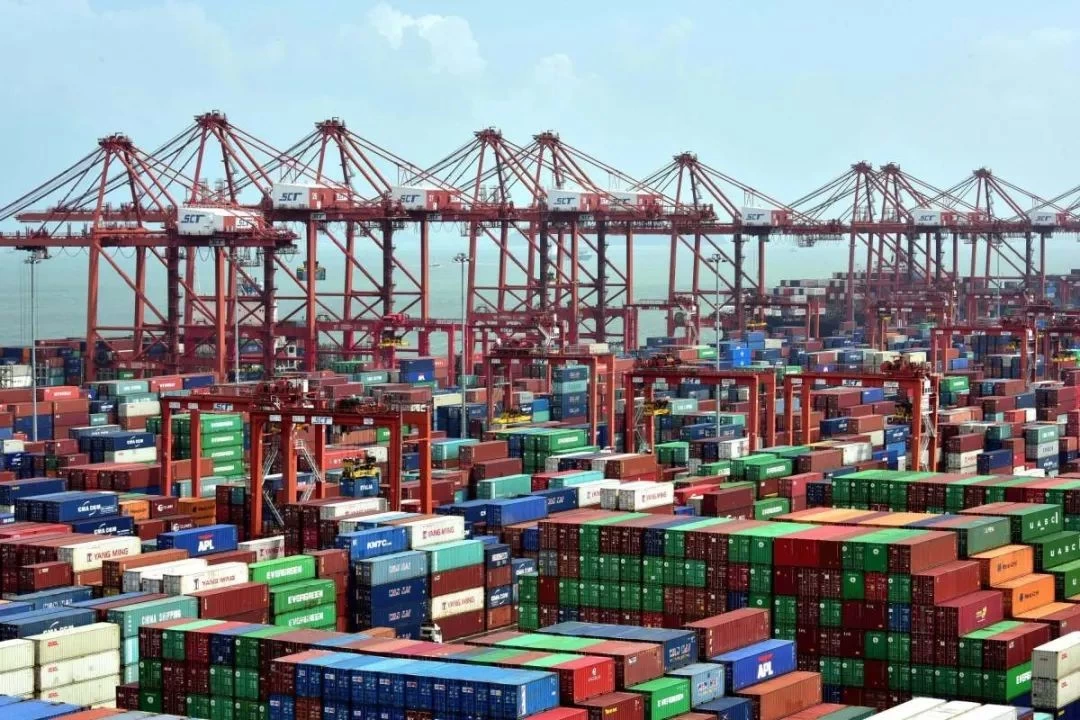
At the same time, the container shipping (European line) index futures listed on August 18 this year will also bring certain positive effects to the container shipping market. Zhang Yongfeng told reporters from the Financial Associated Press that for large liner companies such as COSCO Shipping Holdings (601919.SH), container shipping (European line) index futures will become a reference when the company negotiates long-term freight rates with major customers.
It is worth mentioning that Southeast Asian routes may become a "bright spot" for the future growth of the container shipping industry. Judging from the recent market freight rates, last week (the week of September 15) NCFI's Thailand-Vietnam route freight rates bucked the trend and soared 74.5% to 474.3 points due to entering the traditional peak season and concentrated shipments before the holiday.
In addition, Lin Ji also said that as the market trend will depend more on the fundamentals of supply and demand, and the seasonal cyclical factors that have determined the ups and downs of the container market in the past will gradually emerge, the predictability of the future shipping market will be stronger.


